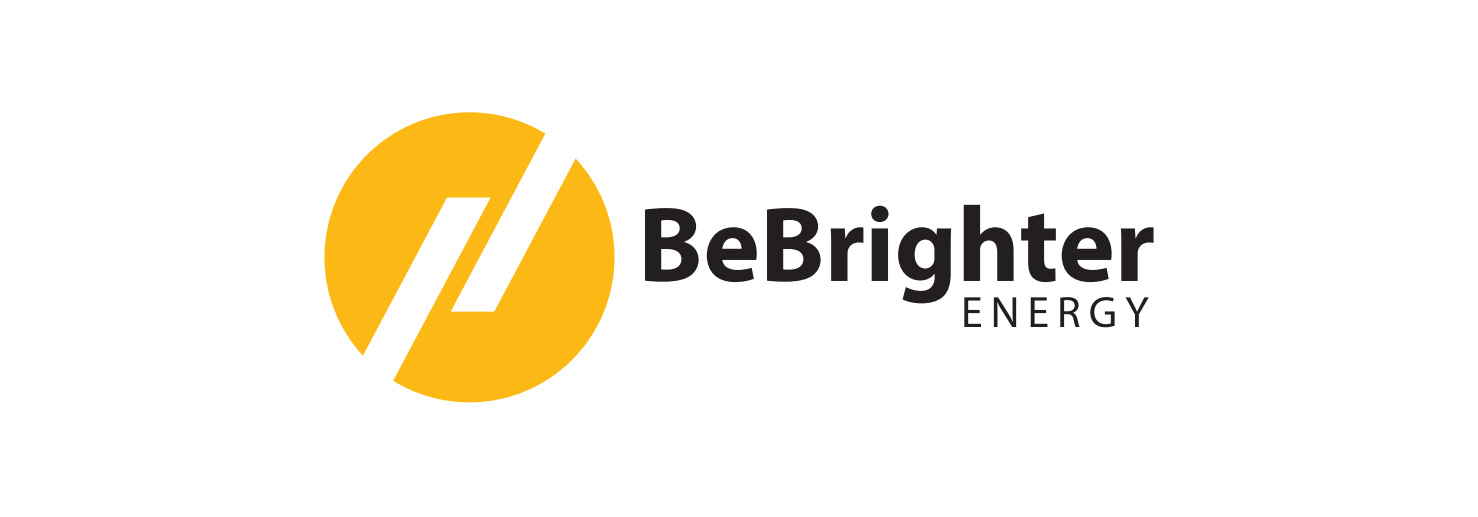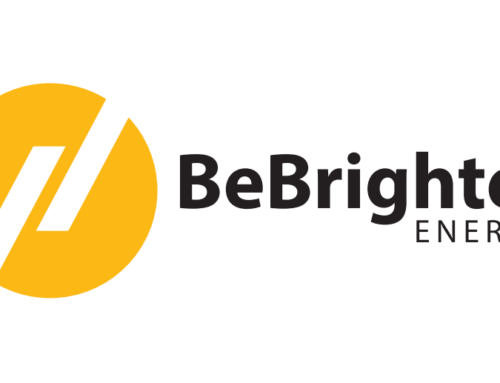Clean Energy: Borrowing, Not Consuming, Raw Materials
A common misconception is to equate the extraction of fossil fuels with the mining of raw materials used in clean energy technologies like solar panels and batteries. However, this comparison overlooks a fundamental distinction: fossil fuels are consumed as fuels, while raw materials in clean energy systems are borrowed and can be recycled and reused. This fundamental difference makes clean energy systems less vulnerable to price fluctuations in raw materials compared to traditional fossil fuel power plants.
Renewable Energy: Borrowing Raw Materials
Raw materials such as silver, lithium, cobalt, and silicon used in solar panels and batteries are like the fortunate chicken in the breakfast analogy—they are involved but not committed. These resources need to be put in place once and can generate and store electricity for decades. After their useful life, these materials can be recycled and used repeatedly, ensuring a sustainable cycle of resource utilization.
Price Resilience of Clean Energy:
Unlike traditional fossil fuel power plants, clean energy systems are less sensitive to changes in raw material costs. In the case of coal and natural gas, the price of these fuels constitutes more than two-thirds of the cost of the electricity they generate. If their prices triple, the cost of each kilowatt hour produced increases by over 200%. Conversely, raw materials like lithium and silver represent a small fraction of the cost of batteries and solar panels—10% and 3.5%, respectively. Even if the prices of these materials experience significant increases, the impact on the overall cost of solar panels and batteries remains modest.
Resilience of Lithium-Ion Batteries:
Analytical firm Bloomberg New Energy Finance illustrates the resilience of clean energy systems, specifically NMC 811 lithium-ion batteries. Even with a significant increase in the price of lithium, the cost impact on the battery is limited. This demonstrates the lower sensitivity of clean energy technologies to fluctuations in raw material costs.
Conclusion:
Clean energy systems borrow and recycle raw materials, making them distinct from fossil fuels that are consumed as fuels. The reliance on sunlight or wind as the “fuel” in renewable energy provides a unique advantage. The cost of clean energy systems, such as solar panels and batteries, is less susceptible to price fluctuations in raw materials compared to traditional fossil fuel power plants. This resilience contributes to the long-term viability and economic stability of clean energy, paving the way for a sustainable and environmentally friendly future.
Written by:Michael James



Leave A Comment